
We were so stoked. After months of planning, we were finally loading up our backpacks at the truck, getting ready to hike a few miles in for an archery deer hunt. It was my buddy’s first backpack hunt ever, and I couldn’t wait to show him the ropes. About 5 minutes into our hike, I was coming down a hill and heard my friend start tumbling behind me. Luckily, he was ok. His bow sight on the other hand was not. It had snapped.

The bow sight is an intricate part of any modern-day bowhunter’s arsenal. It helps connect the dots between us and the animal via our arrow with precision. That’s no duty to snuff at and shouldn’t be taken lightly. With that in mind, I’m going to run through a few key things that I believe make up a good bow sight. Keep in mind, these are just my opinions that are based on my experiences. You may have different views, and that’s totally fine. These are mine.
Right off the rip, let’s touch on durability. That story above was a prime reminder for me of why durability is so important in a bow sight. I think this is something that we take for granted because in all honesty, most bow sights these days are pretty dang durable. With that said, there are still a few that fall short.

The bow sight mentioned above snapped on the mount. That particular mount was plastic. This is a big no-go for me. Plastic parts on a bow sight are destined to break, especially if you’re doing things like backpack hunting where the rugged factor gets cranked up. It doesn’t stop at sight mounts either. There are sights with plastic housings and pins as well. It’s not worth it.
In light of durability, I also need to touch on just how the overall sight holds up to wear and tear. Things like pins coming loose, slider locks coming unlocked, and even sight housings coming loose from mounts. While these don’t equate to a snap, they sure as hell can turn a good situation sour. Structural integrity need not fly under the radar.
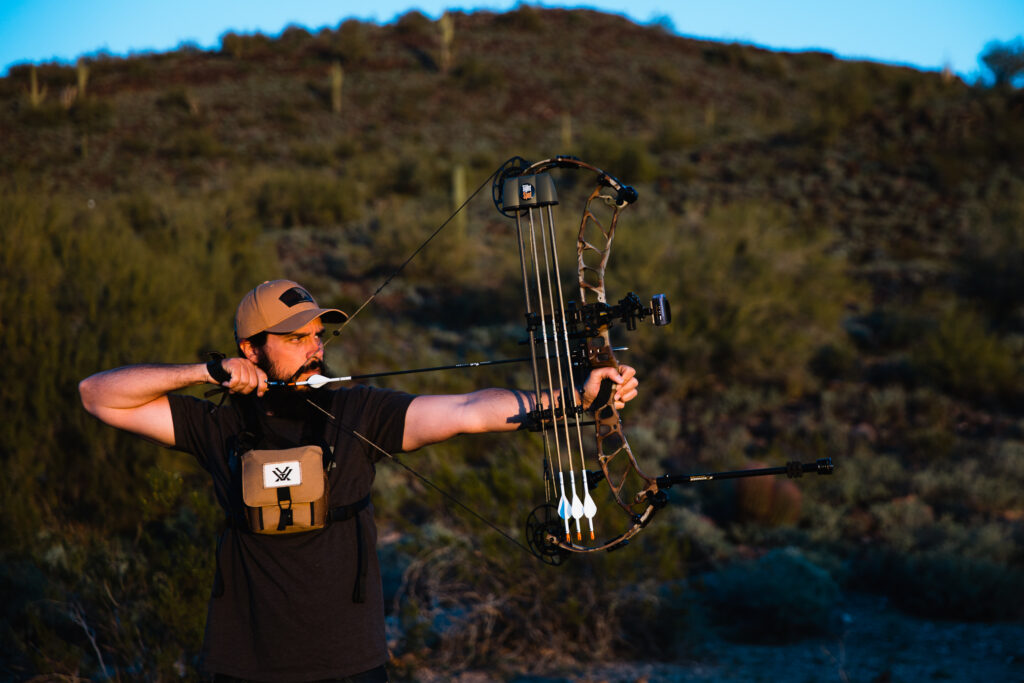
A bow sight needs to be versatile. Something that is only good at one thing will bite you in the field eventually. Bowhunting doesn’t always present black-and-white opportunities. It’s not a cookie-cutter process. Because of that you need to be able to adapt and the same goes for your bow sight.
In terms of versatility, the first thing that comes to mind is using a multi-pin sight. Before you single-pin folks get all huffy and puffy, let me elaborate. Multiple pins offer multiple yardage references instantly. Now, I’m not saying that people should be lobbing arrows in quick-draw style, but sometimes things happen quickly. I know there are some single-pin sights that have 3 yardage references on them, and that is way better than just one. It will never beat 5 though and certainly not 7. Your sight picture isn’t as clear as it would be with a single pin, but I’d rather cut the fat on time than on sight picture.
Next, a slider is a must. Since getting my first slider sight many years ago my accuracy and precision have increased tenfold. They allow the ability to practice at long-range distances, which makes the shorter shots seem like chip shots. At a distance, all of your imperfections are magnified. If you don’t know they are there, because you’re stuck shooting at 50 yards, then you’re not moving forward if you ask me. And while it is controversial, I personally don’t see anything wrong with taking a shot at an animal at a greater distance. As long as your ability is there as is the right situation(no wind, unaware animal, etc.). At the least, you’ll have the option of making a possible long-range follow-up shot, if given the opportunity.
Not having a 2nd and 3rd axis adjustment is simply not an option. These are crucial for accuracy in the field. For those that are unfamiliar with what these are, let me spell it out real quick before moving on.
Your 2nd axis adjustment is basically calibrating the bubble level on your sight to make sure it’s actually level. If this is off, even though your bubble is in the middle, you will be unknowingly canting your bow one way or the other. This will cause left/right inconsistencies.
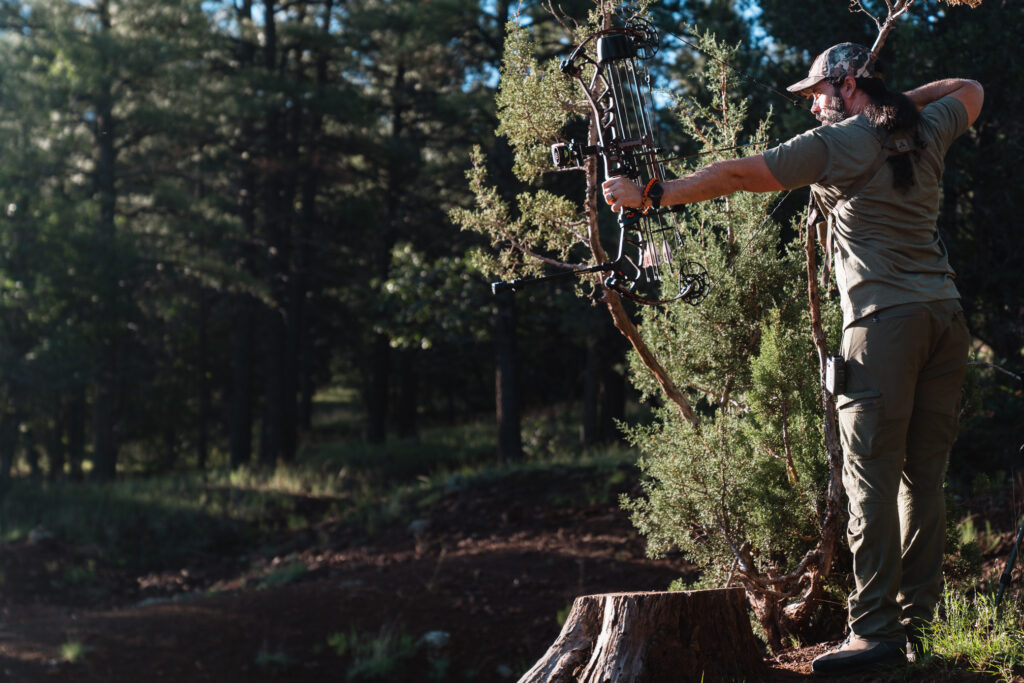
The 3rd axis adjustment has to do with the bubble level as well, but it’s more geared toward uphill and downhill shots. This is adjusting the left/right angle of the sight housing. If this is off, your bubble level won’t read true when aiming up or downhill. The result would be left/right inconsistencies on angled shots even if your bubble level was in the middle.
Both of these need to be present on a bow sight for it to be truly practical for bowhunting. It’s a great example of how the little things actually matter. In this case, they do immensely. You need to know your sight is level at full draw whether aiming on flat ground or steep angled shots. It can literally mean the difference in filling your tag or not. I’ve been there.
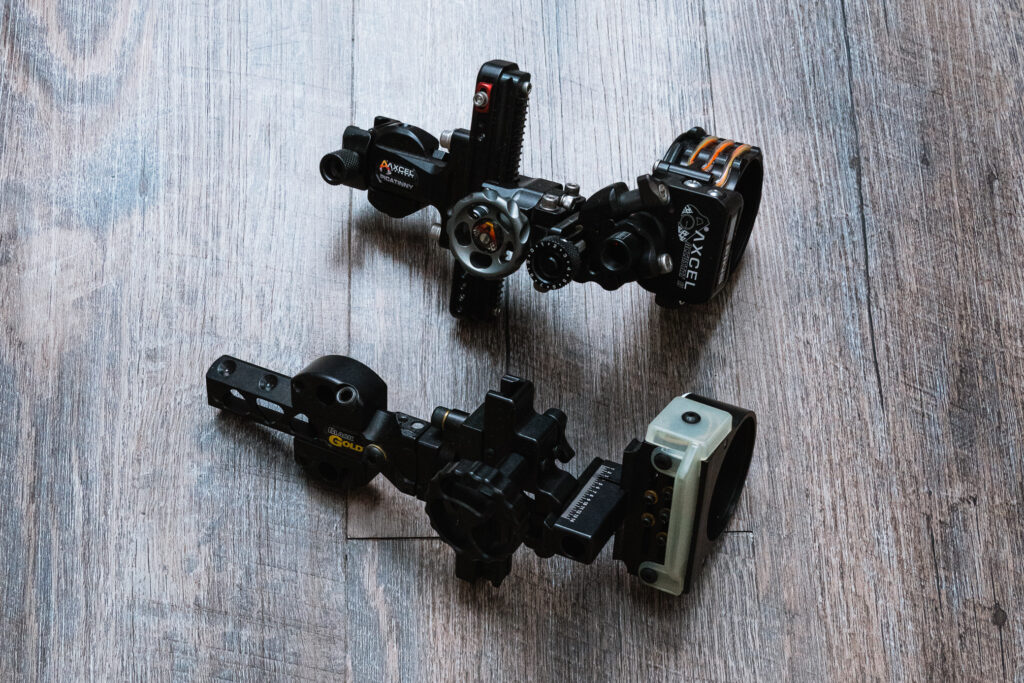
Some bow sights are way more complicated than others. Be it a ton of screws or even the addition of electronics. All of this stuff can be nice at the range, but in the field, it’s a different story. And how something performs in the field is the number 1 thing on my radar. For that reason, I try to keep things as simple as I can with a bow sight.
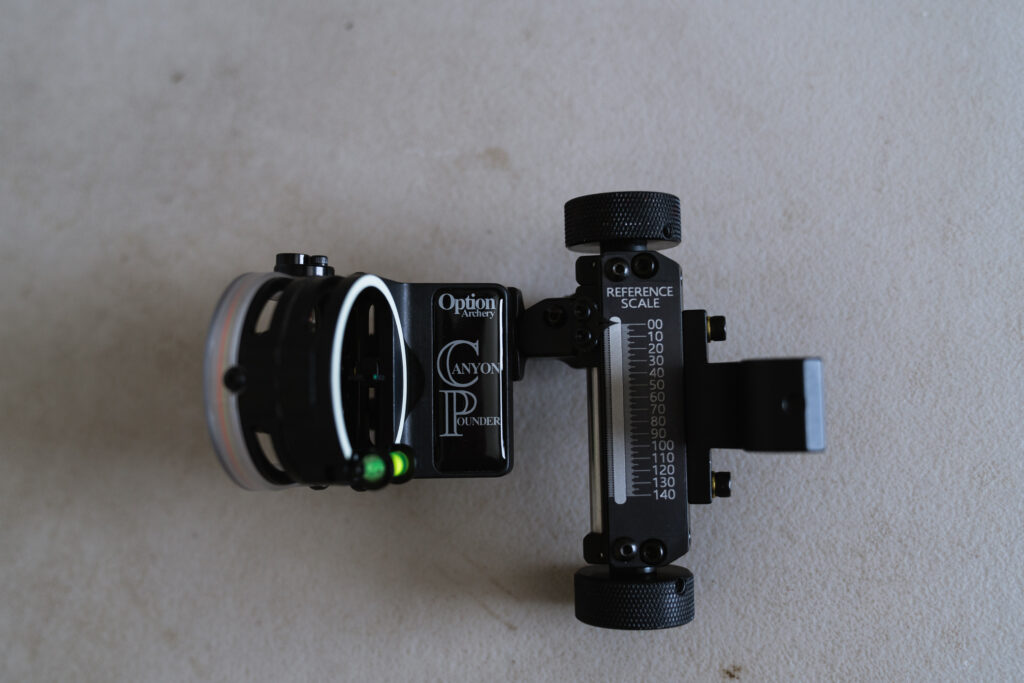
Bow sights these days have a ton of screws on them, but some have more than others. Every extra screw or moving part is one more thing to potentially come loose in the field. Every lever is one more thing to accidentally move. If you are in love with a certain sight that has a lot of moving parts on it, it might be wise to apply string wax to your threads to help keep some of that hardware in place.
There are also bow sights that are digital. I’ve been super impressed with the accuracy of these and can totally see why some are drawn to them. While that is true, I’ve also experienced one that just decided to not work. Once that happened, I was done with it. If something like that happens in the field, you’re out of the game. That’s not a risk I’m willing to take.

There are some pieces of gear that mean more than others. Their weight has a greater impact on us wrapping a hard-earned tag on a hard-earned animal. The bow sight falls into that category and the story I told above is a great example of why. We ended up taping his sight back together and got a day of hunting out of it before the sight broke again. This ended the hunt for a few days, which was such a shame. Waiting all that time only to have your bow sight rob a slice of what we’d been waiting so long for. Not again. Not again.
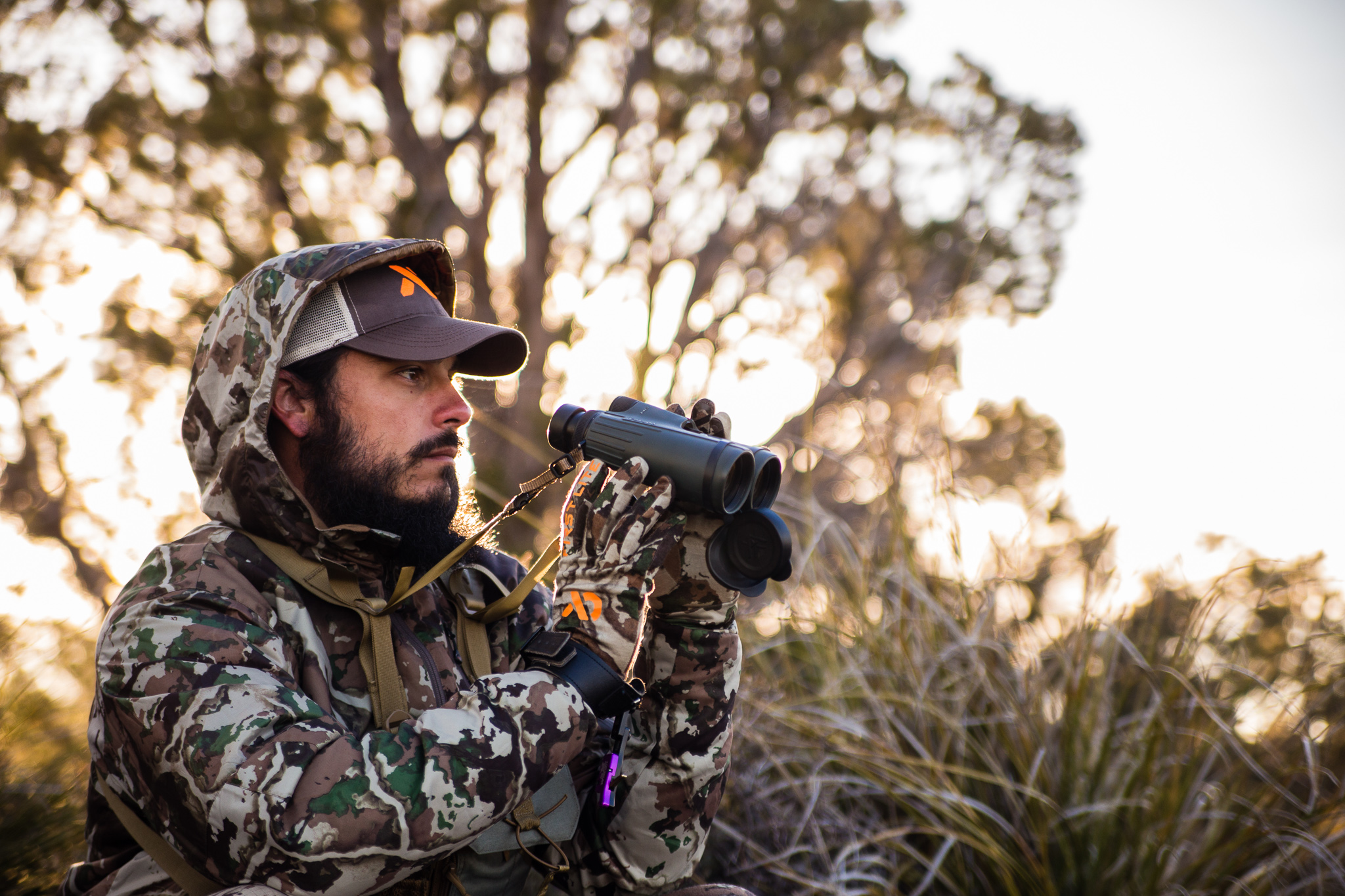

Copyright 2019 Dialed In Hunter
Design by NXNW.